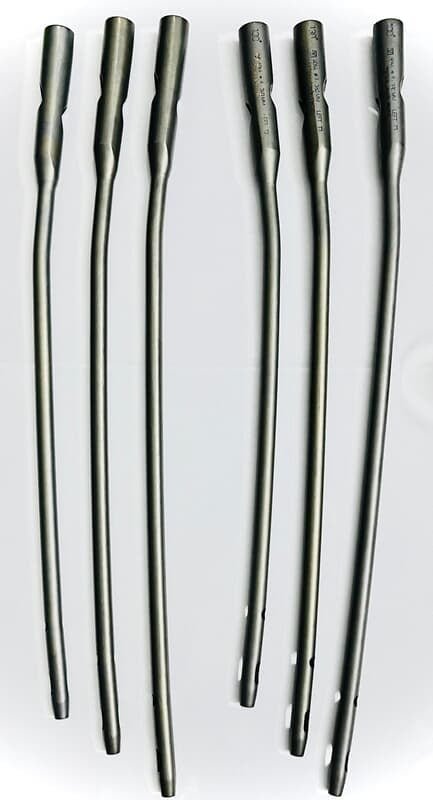Proximal End Fractures
Designed specifically for stabilizing proximal end femur fractures, the Proximal Femoral Nail (PFN) system and its advanced iteration, the Proximal Femur Nail Antirotation (PFNA), target a range of fracture types. These include peritrochanteric, intertrochanteric, and notably, subtrochanteric fractures, which pose unique challenges due to their location and the forces exerted through the femoral shaft.
Following the identification of the fracture type, the PFN system offers specialized fixation techniques to ensure stability and promote healing. The system is recognized for its minimally invasive approach, aiming to minimize surgical blood loss and facilitate quicker recovery. It incorporates load-bearing screws and, in the case of the PFNA, a spiral blade for enhanced rotational stability. The technique involves precise steps, including the determination of nail length and diameter, accurate placement of guide wires, and careful insertion of the femoral nail. The goal is to achieve optimal alignment and fixation, crucial for the patient's return to function















